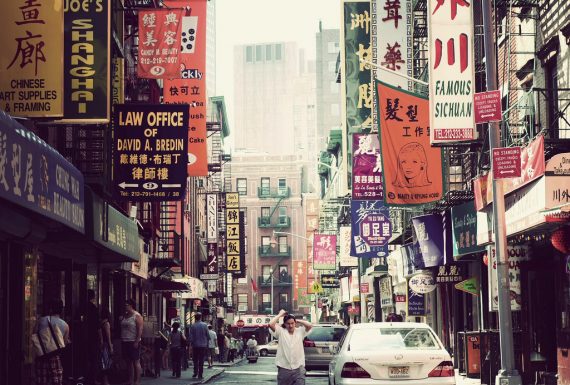Trending
Conceptual plan for Chinatown in North Miami unveiled

Chinatown in North Miami?
In a neighborhood with a nearly 75 percent black population, much of it Haitian, the city wants to turn a 16-block area into a district that will rival such well-known Chinatowns as those in New York, San Francisco and Los Angeles.
A conceptual plan for the proposed project, created by Keith and Schnars, a Fort Lauderdale-based engineering consulting firm, was unveiled this week at a meeting at the Joe Celestin Community Center on the city’s west side. After the presentation, planners asked for citizen input for creating a master plan for the area, which runs along Northwest Seventh Avenue between 119th Street and 135th Street.
In February 2016, North Miami passed a resolution designating a 93-acre commercial district as a “Chinatown Cultural Arts and Innovation District.” When a master plan for the area is complete, investors will be able to apply for a variety of state and federal incentives. Plus, the city will offer local incentives. Among the incentives that may be available are tax credits and access to the EB-5 program for foreign investors at the federal level, as well as brownfield incentives and manufacturer tax exemptions at the state level, among other incentives.
Chinatowns in many other places are organic, North Miami Vice Mayor Alix Desulme said, while some are created through the legislative process. The one in North Miami would be in the latter category, he said. In the upcoming weeks, the city will hold meetings with people who want to do business in the new Chinatown. “We are looking for investment, not just from Chinese (investors),” he told the audience at the meeting, which was also live-streamed in China. The city is prepared to invest in the area, Desulme said.
The reason the city has targeted this part of the Northwest Seventh Avenue corridor, explained Debbie Love, director of planning at Keith and Schnars, is that it is economically depressed with roughly 22 percent of the population earning less than $15,000 per year. If nothing is done to improve the area, she told the audience, it will continue to stagnate economically and only an estimated 26,000 square feet of new retail will be added in the next 20 years. But, if a Chinatown master plan is implemented, she said, there will likely be 217,000 square feet of new retail space, an increase of 600 percent in retail activity. In the office market, which hasn’t seen new space built in the last 16 years, it would be a 1,500 percent boost, creating demand for 260,000 square feet of new space, she said. Love did not explain how her firm arrived as the estimates.
Until recently, Chinese real estate investors favored gateway cities such as New York, San Francisco, Los Angeles and Vancouver. But as prices and competition in those markets have risen, investors are increasingly turning to Miami, among other markets, where prices are lower and there is a growing — although still small — Chinese population, plus increasing tourism from China, Don Pingaro, a partner with ISG-Asia in Aventura, told The Real Deal.
A report from commercial brokerage CBRE in October showed that $665 million worth of Asian cash flowed into Miami real estate during the first six months of 2016, making it the country’s fourth-most popular destination for investments from across the Pacific.
Craig Studnicky, principal at ISG, told TRD that in North Miami “land assemblage is easier than in the rest of Miami-Dade County, because the area hasn’t been redeveloped, like the Wynwood or Edgewater neighborhoods. There are a lot of older buildings with owners who are easier to deal with,” at least for now. In time, he said, “property owners in the area are going to raise their prices.”
“Real estate is not about location, location, location,” Studnicky said. “It is all about timing, timing, timing. The Chinese population [in Miami] is growing,” he said. “Asians who come now love our climate and our clean air.”




